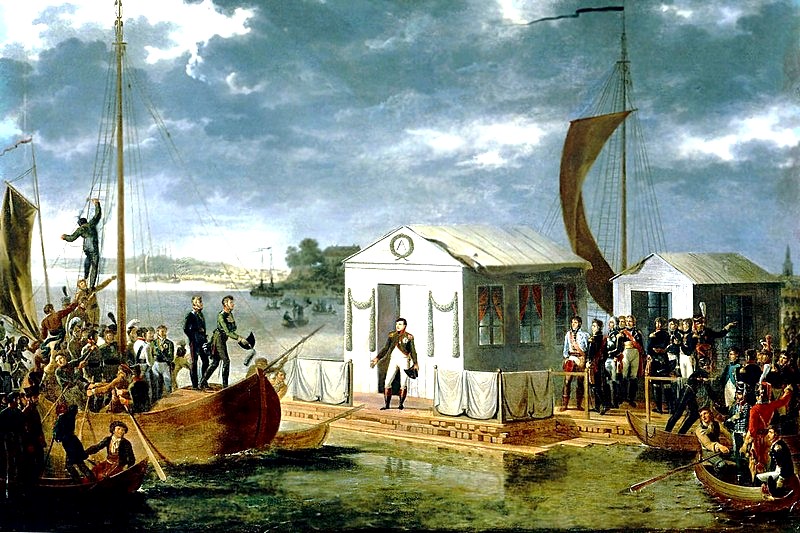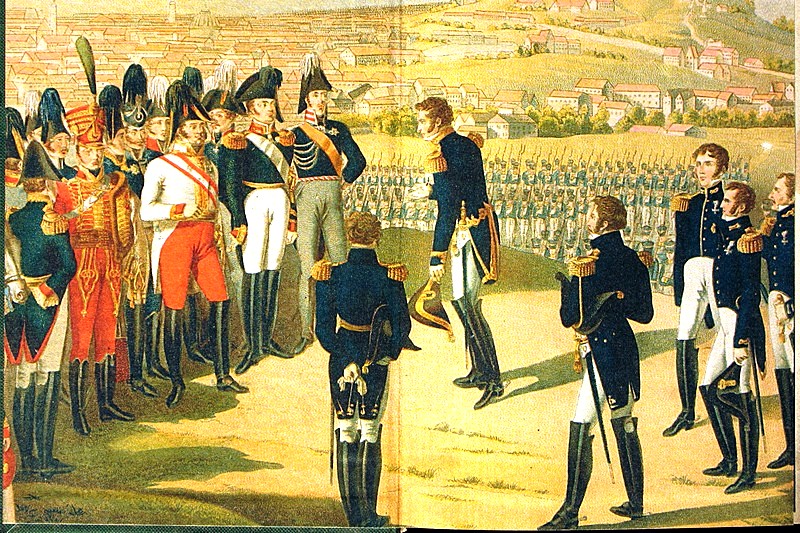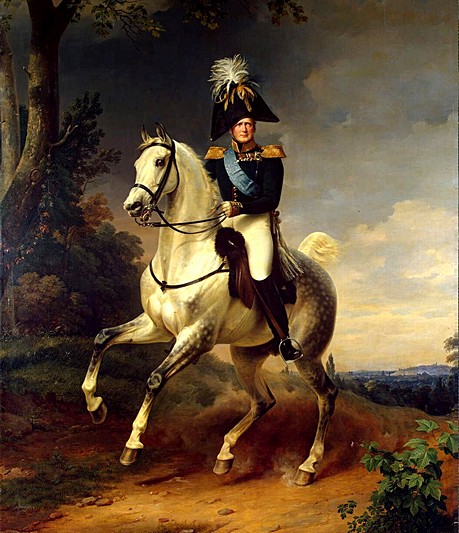Alexander I
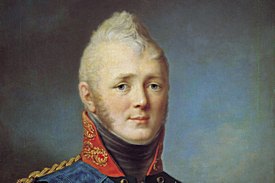
Born: St. Petersburg, 12 (23) December 1777
Died: Taganrog, 19 November (1 December) 1825
Reigned: 1801-1825
Grand Duke Alexander, the oldest son of Pavel I and his wife Maria Fyodorovna, and heir to the throne, remains one of the most enigmatic figures in the Romanov Dynasty. Nicknamed the Russian Sphinx because of his restrained nature and outward aloofness, Alexander suffered under the weight of the crime of patricide, in which he was tangentially involved, for virtually his entire adult life.
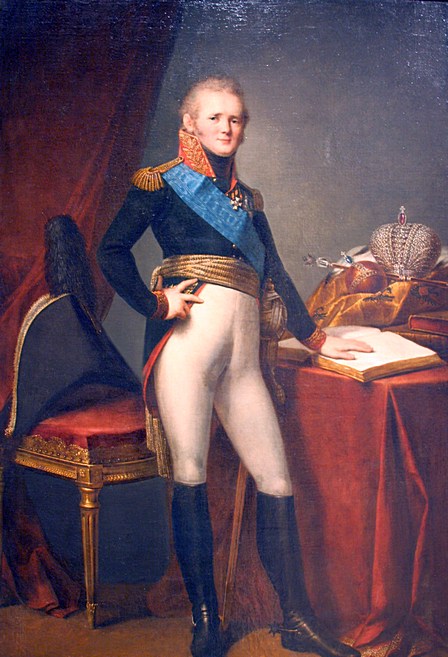
As was the case with his father Paul, Alexander was taken from his parents immediately after birth by his grandmother, Catherine the Great, who had him brought up among her Court, away from his mother and father. Alexander received an excellent education: when selecting his tutors, the Empress Catherine consulted with the best minds of the time, in particular with the French Enlightenment philosopher Denis Diderot. Catherine prepared her grandson to become heir to the throne, and planned to transfer power directly to him, bypassing his father, her estranged son, Paul. The Empress saw in her grandson the future ideal monarch and an heir to continue her many programs and plans.
Alexander ascended to the throne as a result of a brutal palace coup, in which his supporters murdered his father, Paul I. Alexander was aware of the coup, but was convinced that Paul would simply be ousted from the throne, and that his life would be spared. Ascending the throne, Alexander's first manifesto promised that he would govern the country according to the principles of his grandmother, Catherine the Great.
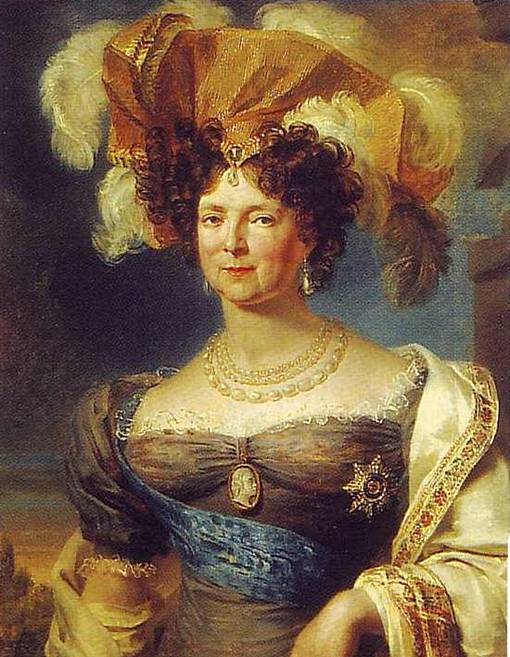
Alexander tried to instate a rule of law based on government apparatus, under which the social class structure, the relationship of the classes with each other and with the higher powers, and the activities of all administrative bodies were guaranteed by fundamental laws of state that proceeded from an enlightened monarch. Alexander reformed the state administration, creating in 1801 a system of ministries under the direction of a Cabinet of Ministers, and established a legislative advisory body, the State Council, in 1810. Under the leadership of Mikhail Speransky, Russian legislation was systemized and the Complete Collection of Laws of the Russian Empire compiled. Plans were drafted for the phased abolition of serfdom, but were not actually implemented, and only the Law on Free Cultivators was published, which allowed the nobles to voluntarily liberate their serfs and grant them land.
Alexander greatest achievement was his victory over Napoleon, who had attacked Russia in 1812, and marched with his Grande Armée from France to Moscow, but was then expelled from Russia and later defeated by a coalition of allies, Russia among them. Over the course of a number of diplomatic congresses, victorious Russia played an impressive role in determining the political restructuring of post-Napoleonic Europe.
In 1825, Alexander died unexpectedly, far from home during a voyage through south Russia in the city of Taganrog. The suddenness and mysteriousness of his death, as well as the memory of those tragic events that brought him to power in 1801, resulted in a persistent folk legend according to which Alexander did not die, but went to live in seclusion as a hermit monk, no longer able to endure the sin of patricide.
Alexander was buried in the Cathedral of the Peter and Paul Fortress.

